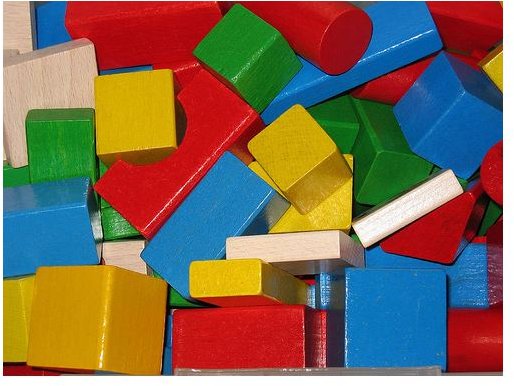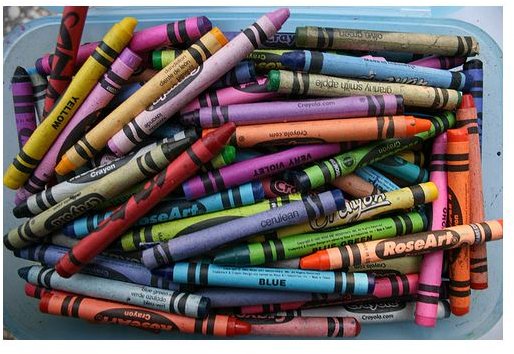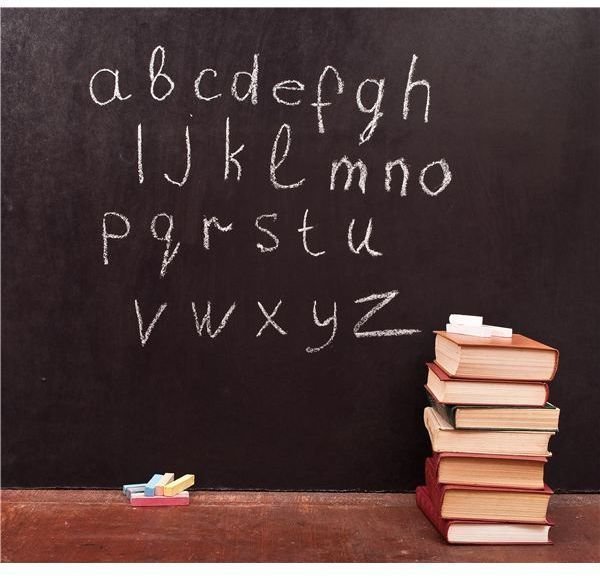How to Set Up a Kindergarten Learning Environment (Classroom) Using the Best Layout, Colors, and Education Centers
Setup Is Essential
The setup of a kindergarten classroom is a crucial element to the flow of daily activities. A kindergarten classroom should be open and child friendly without any obstacles that block the view of the children. The perfect kindergarten classroom should be bright and playful, ready to accommodate the children while they move around and play. With the information provided to you in this article, you will learn how to properly set up a classroom environment that is conducive to learning.
You Will Need
-
Sturdy bookshelves (no taller than 36 inches high)
-
Area rug
-
Age appropriate activities such as puzzles, large wooden blocks, large scale clock, play-dough and tools, lacing cards (just to name a few)
-
Various toys such as an electronic cash register, plastic food, small table and chairs (not included with your class table and chairs), cars and trucks, collection of plastic animals, cloth puppets (just to name a few)
-
Easy access containers
-
Tables and chairs
Set Up Learning Centers
Learning centers are very important to the classroom set-up. Think of them as little rooms inside of the classroom. Having a specific area for a child to go to for a specific activity keeps them focused and helps you with organization and clean-up. When a child is in a learning center, he should be exploring, imagining and engaging in play with other students.
Standard learning centers in kindergarten should be limited to block center, housekeeping center, science and discovery center, book center and art center. Items in the centers should promote creativity and imagination.

Block Center:
The Block Center should include various sizes of wooden blocks, train track and train, cars and trucks. If you have enough room, it would be a great addition to the block center if you would have a wood working bench incorporated into the area.
Housekeeping Center:
In the Housekeeping Center, a small table and at least two chairs should be available for the children who would like to “play house”. The Housekeeping Center is also where dramatic play dress up outfits will be kept. Store the dress-up clothes on a clothes rack or in a trunk. Here is also where you’ll keep plastic food and dolls to be played with.
Science Center:
The contents of the Science and Discovery Center should be ever-changing according to the theme of your lesson. If you are studying autumn leaves, provide the children with a basket full of leaves, pine cones and acorns. The Science and Discovery Center is a great place to store sand and water boxes. Simply fill a plastic storage container with sand and another with water. Provide water toys for the children to play in the water.
Book Center:
The Book Center should be stocked with a wide assortment of books for the children’s enjoyment. Purchase books on tape or CD and provide a headset for the children to utilize. In order to create a calm and cozy atmosphere for reading, you can also add a few oversize pillows and stuffed animals.

Art Center:
In the Art Center, drawing paper should be made accessible to your students. Provide community crayons and markers as well as scrap paper to glue and cut. While coloring books should not be the focused activity in the Art Center, one or two should be made available for the children to color in.
Set Up Circle Time
The Circle Time area is equivalent to the family room or dining room of the home; it is where the whole class comes together and where all the action takes place. Decorate the area with a calendar, birthday chart, color, letter and number charts and theme information according to the lesson plan. The Circle Time area should be an open area that will have room enough for the children to sit on the area rug and not be crowded when listening to a story or moving to music.
Set Up Seating Arrangements
Kindergarteners should sit in an area of the room where they can see the teacher or the board at all times. Kindergarten children should sit at tables as opposed to desks only because it is easier for the teacher to work with a group of students when they are not confined to a single row of desks.
Decorations
Kindergarten classrooms should be decorated with updated and colorful pictures. Make the room bright and friendly. Children love to see their names, so incorporate the names of the children when planning bulletin boards.
References
-
Wooden Blocks: http://www.flickr.com/photos/zscheyge/49012397/
